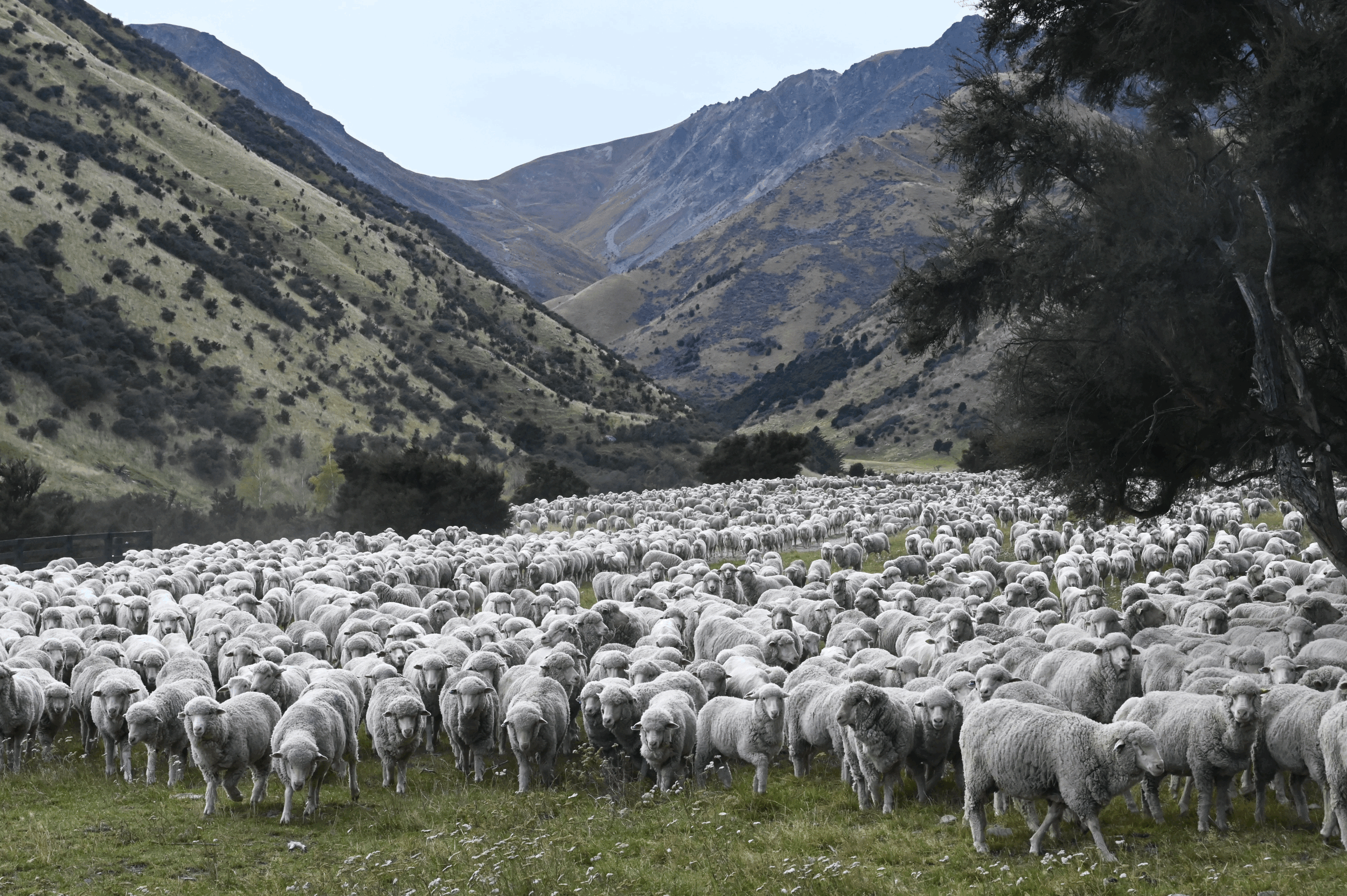
Part 4 - The case for regenerative agriculture
The definition of regenerative agriculture (regen) has become quite a convoluted and distracting conversation. We spend most of the time debating the definition rather than the farming practices. But it is important we have a consistent definition, for which I believe we should have wide uptake of the (www.pureadvantage.org) definition.
“Regenerative agriculture is a complex set of principles and practices, difficult to define, but usually understood to involve a set of farming principles and practices that enrich soils, improve watersheds, enhance ecosystem services such as soil carbon and nitrogen sequestration, improve biodiversity, and promote farmer and livestock welfare”
For me regen is questioning everything in the face of the biodiversity and climate crisis, as we look to increase value from ecosystem services and improve life across the board. Importantly it is not a set of practices, it's a philosophy, the same as conventional agriculture, without a set of standardised rules, the opposite of organics. Regen is a philosophy, like others, that will live and die on the uptake of its morality, and it seems to me the morality of regenerating life is as compelling as they come, so i’m here to fight for that.
There are many different regenerative certification bodies globally, however to my knowledge none have yet been applied in New Zealand. While it is important to be held to account by a third party or a standardised set of practices, regenerative agriculture certification does not need to be used for all farms practising regen. We should think of its definition in the same way we think about conventional agriculture.
Before I discuss why regen, I would like to make the brief case that conventional farming systems have completely failed us. Which is a heavy accusation to make and I realise this. Conventional agriculture has given us a significant temporary boost to our national fiscal capital stock as a massive export earner. However we have, however, incurred a massive intergenerational natural capital debt - a useful comparison might be the expansionary monetary policy we have seen post covid, sugar hit now - but consequences down the line are difficult to fully account for. I recently drove Christchurch to Omarama, four hours, and didn’t see a single native tree, below are more key indicators that our system is not sustainable and deep, meaningful change is needed
· NZ has some rivers and lakes that are amongst the worst water quality in the world (65% un- swimmable).
· Suicide rates are noticeably higher in rural areas and farming communities than urban areas.
· NZ has the highest portion of threatened native species of any country in the world!
· Agriculture makes up nearly 50% of our national emissions, yet only 5% of our GDP.
· Critical ecosystems like the Canterbury podocarp forest are at less than 2% of their original extent and wetlands less than 10%. Far behind the united nations sustainable development goal of 30% effective protection.
· Strong wool, the commodity that helped build our nation, is now often burned or buried due to low prices, most farmers are underwater on shearing, we have failed them.
· 76 % of our native freshwater fish (39 of 51) are threatened with extinction or at risk of becoming threatened.
I’d like to give an example of regen on my family farm Lake Hawea Station where we have significantly increased stock numbers alongside large regen conversions. We use a multi-species winter crop - we are working with different seed mixes and anticipate we will reach similar yields to conventional winter crops. We use one-third of tractor hours, higher seed cost (because there is no economies of scale yet), they are teeming with life, bees, birds and butterflies, animal health looks better with no moos or poopy bums behind the break fence, fert costs are zero, soil carbon accumulates and there is no runoff.
Here are some examples of what would change under a regenerative agriculture system - it goes far beyond holistic grazing (Savoury institute) and diverse pastures which is a common oversimplification of regen.
- Native trees for shelter belts and fully integrated biodiversity planning.
- Conventional ag has to some extent standardised practices across NZ and regen is a highly nuanced approach that adapts to different environments, for example, the rainforest of the West Coast and the semi-arid landscape of Central Otago.
- No-tillage, significant amounts of soil carbon are lost to tillage.
- Staff welfare becomes a top priority with regular reporting.
- Annual carbon budgets are taken.
- Stock can self-medicate on diverse species.
- Bobby cows, I believe are a national shame we sweep under the rug and regen could fix this. Not only is it immoral to many but it is inefficient to waste that biomass and energy from a production perspective. A regenerative systems approach via crossing for example Wagyu over Friesians could combat this.
Absolutely I agree that the verdict on the science of some regen ag principles isn’t out. And hopefully, the national science challenge work will start to address this as it needs to be a science lead approach. New Zealand does have a good starting point with our temperate climate with globally comparatively low annual temperature and rainfall variation. But much needs to be done, regenerative agriculture is the philosophy that sets about restoring ecosystems, maximising staff and animal welfare and maintaining a profitable business. Many diverse farming practices will help us get there and we have a lot of work to do to fix our broken agricultural system.
I’d like to leave you with a thought, we wouldn’t even think about chopping down an old-growth native forest. But yet we have to stand wherever you are right now, ethically now how much native forest do we have a duty to restore? I would argue that it’s the same amount that we would be prepared to cut down if we arrived in New Zealand with a natural state forest tomorrow.